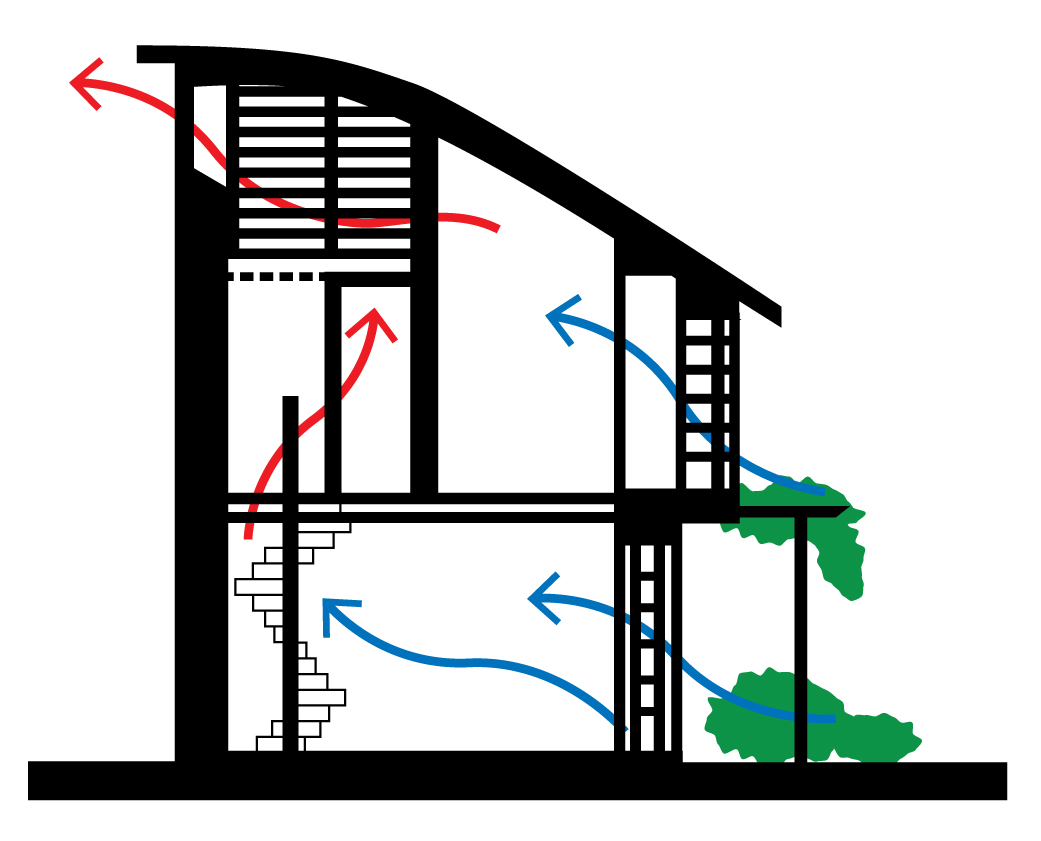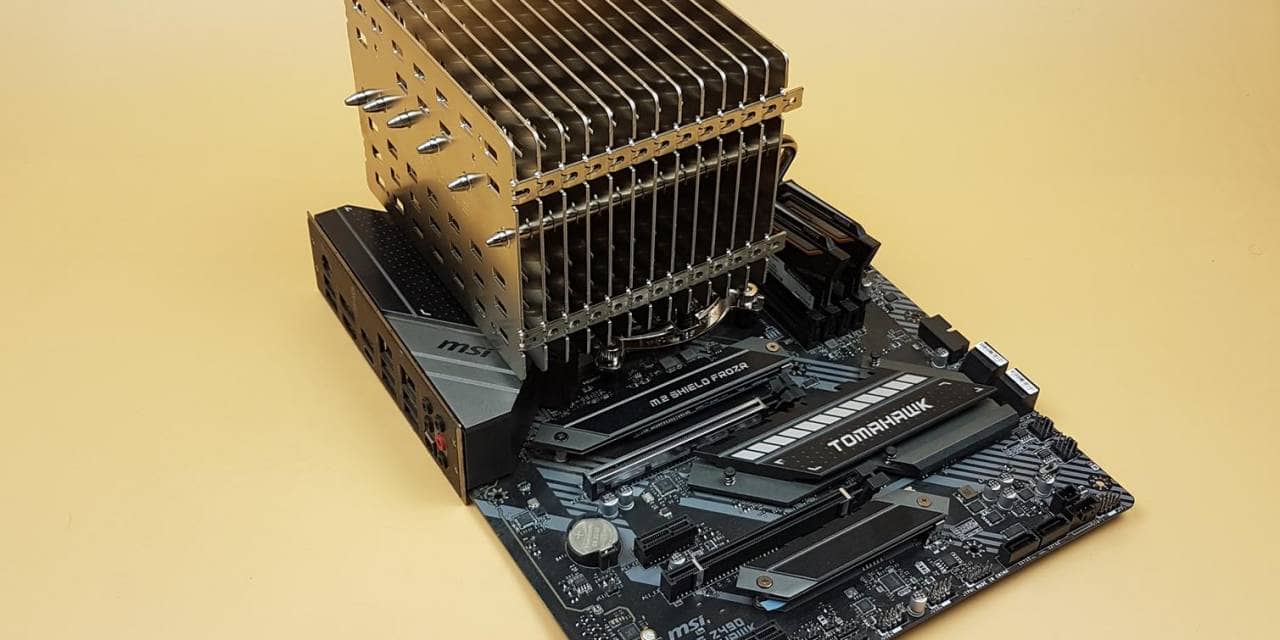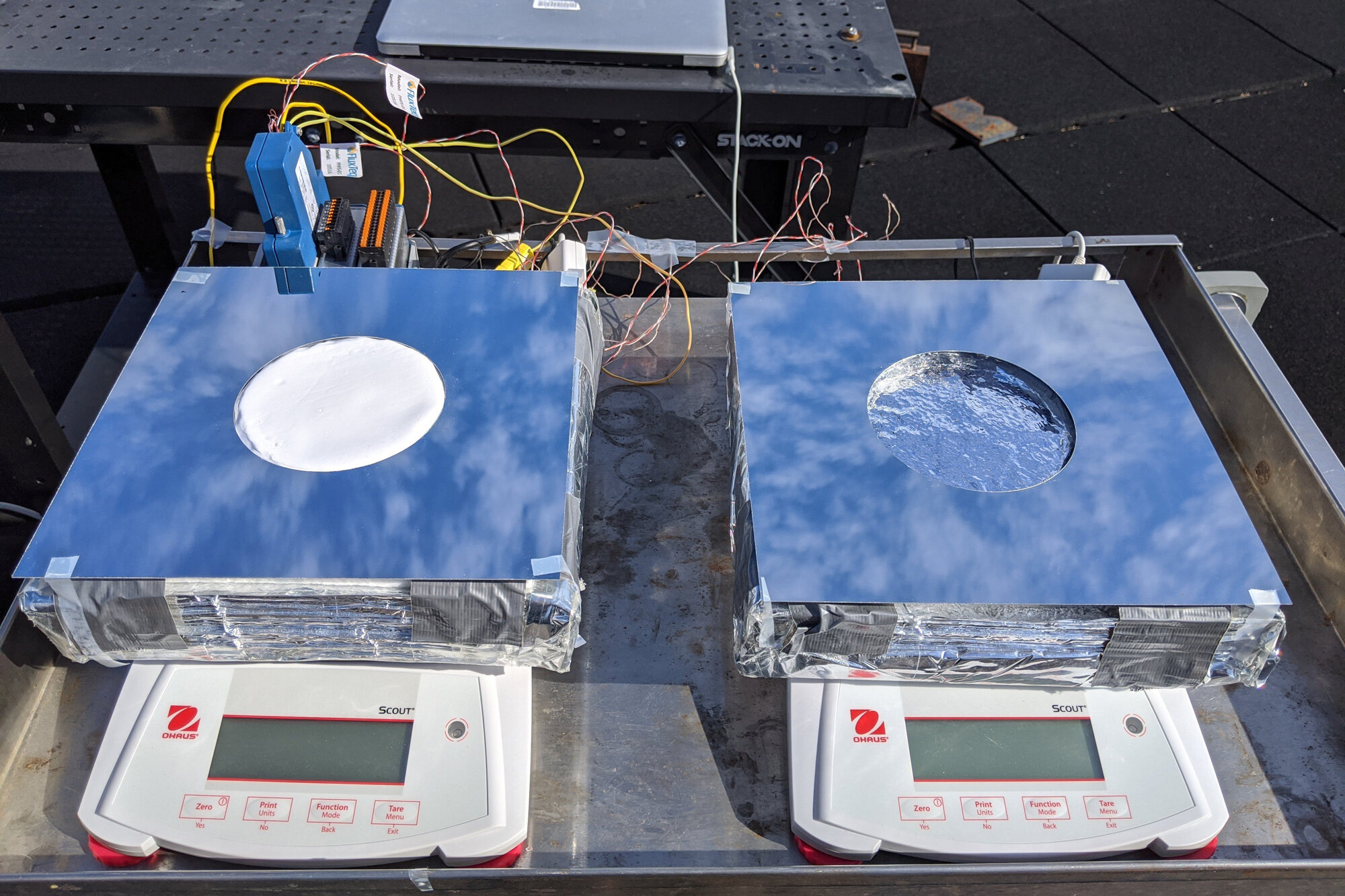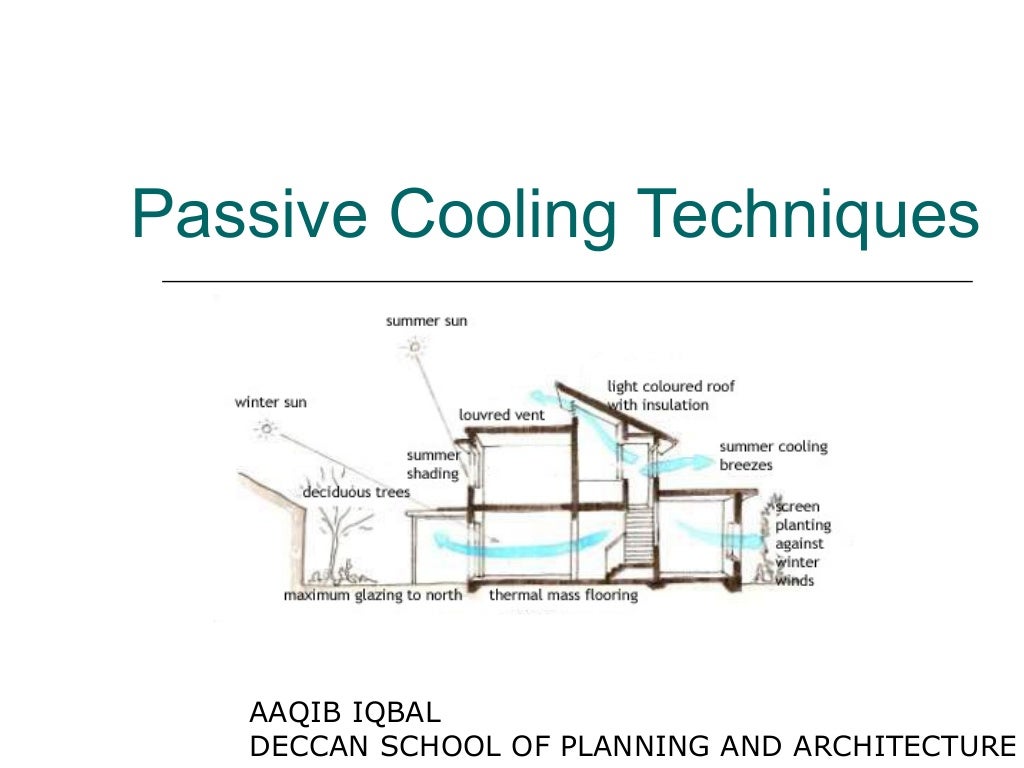
FanlessTech Passively Cooled PC with 65W CPU & 47W Workstation
Passive cooling is a cost-effective solution that is becoming increasingly popular in areas with hot and humid climates. It is an eco-friendly technique that harnesses the power of nature to promote heat loss and reduce heat gain. Through the use of cool breezes, vegetation, and other natural sources, this method provides efficient and.

Passive cooling module focuses on indoor LED applications
One possibly alternative approach is passive radiative cooling—a sky-facing surface on the Earth spontaneously cools by radiating heat to the ultracold outer space through the atmosphere's.

Passive and LowEnergy Cooling Building America Solution Center
Passive cooling techniques use ambient cooling sinks like building material, air, water, night sky, etc. to mitigate the rise in temperature of the building due to heat sources such as ambient air, direct solar heat gain, building an internal heat gain. Passive cooling techniques can help in maintaining the required comfort conditions of the.

What are Passive Cooling Techniques (Types etc.) layakarchitect
What Is Passive Cooling? Passive cooling is a key element of a larger strategy known as natural conditioning — heating, cooling, ventilating and lighting a building naturally, that is,.

Best Passive Cooling Device Home Future Market
Moreover, an outdoor passive cooling experiment during a sunny day demonstrates that the bilayer can achieve efficient cooling performance with a peak power of 424.4 W m −2 and a maximum subambient cooling temperature of up to 10.4 °C between 10:00 and 14:00 under high solar irradiation and high temperature. At night, under low-temperature.

Passive cooling YourHome
Passive cooling techniques can reduce or eliminate the use of air conditioning and can be used for backup cooling during emergencies. Scope Implement passive and low-energy cooling techniques to reduce or eliminate the use of air-conditioning and to mitigate overheating during power outages.

Noctua NHP1 CPU Passive Cooler Review
Passive cooling is an ancient principle that is still used today in many hot and humid climates. For example, the upper-class Greeks's built their homes with a central courtyard which often contained a body of water. This allowed for a breeze to push the hot air to the center of the complex where it would dissipate.

The Noctua NHP1 Passive CPU Cooler Review Silent Giant
Passive cooling is a building design approach that focuses on heat gain control and heat dissipation in a building in order to improve the indoor thermal comfort with low or no energy consumption.

passive cooling Passive cooling, Passive design, Cooling techniques
Passive Cooling: From Phones to Modern Laptops (and Tiny Desktops) If the heat exchange happens without any mechanical help, using solely the thermal conductivity difference between materials, you have what's called passive cooling. Or, simply put, it's when your device has no fans or cooling liquid flowing through tubes.

FanlessTech Passively Cooled PC with 65W CPU & 47W Workstation
As one of the main passive cooling methods, natural ventilation is widely used in the passive design of buildings because it can improve the indoor thermal environment and comfort, as well as.

FanlessTech 2 methods for passive cooling
On the other hand, passive cooling systems are a type of building design that uses natural processes to cool a building without mechanical systems. They are applicable to both new and existing buildings and can effectively decrease energy costs. Passive Cooling strategies

Passive cooling system could benefit offgrid locations
New research shows that passive cooling techniques can reduce the load on air conditioning by as much as 80%. Passive cooling strategies include a combination of shading, natural ventilation and fans to circulate air. These strategies can help to keep homes liveable, even in the face of triple-digit outdoor temperatures.

Passive Cooling in Myrtle Beach
1 Introduction In the arid and hot climate, traditional architecture has a variety of passive cooling and ventilation techniques that support thermal comfort in buildings. A hot micro-climate depends on planting trees, vegetation, open courtyards, and white-painted exteriors.

Passive cooling
Passive cooling is a sustainable and cost-effective way to cool buildings without the need for mechanical or powered cooling techniques. Passive cooling techniques use natural means such as shading, air movement, thermal mass and evaporative cooling to keep buildings comfortable in hot climates.

HighPower Electronics Passive Cooling Power Electronics News
Passive cooling techniques provide a promising and cost-efficient solution to reducing the energy demand of buildings.

Passive Cooling Design
Passive cooling uses free, renewable sources of energy such as the sun and wind to provide cooling, ventilation and lighting needs for a household. This additionally removes the need to use mechanical cooling.